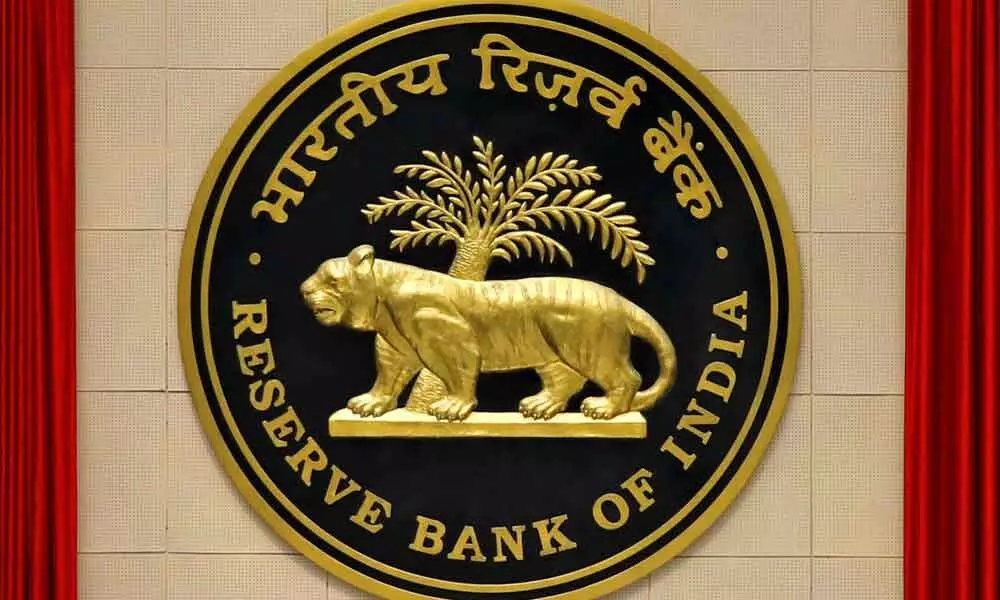RBI policy seems to be more 'Dovish', less 'Hawkish'
The RBI Governor’s statement, post bimonthly annual monetary policy review, indicates a relatively ‘Dovish’ tone rather than a ‘Hawkish’ as previously anticipated. As with the previous monetary policy, the vote to retain the accommodative monetary policy was not unanimous with a 5-1 vote in favour.
image for illustrative purpose

The RBI Governor's statement, post bimonthly annual monetary policy review, indicates a relatively 'Dovish' tone rather than a 'Hawkish' as previously anticipated. As with the previous monetary policy, the vote to retain the accommodative monetary policy was not unanimous with a 5-1 vote in favour.
Interestingly, it is at a time when globally the apex banks are headed for rate hikes. What with Fed's indication of future rate hike? The markets post policy have gone back to pre-Budget levels with the benchmark 10 year G-Sec hovering close to 6.70 per cent levels at the time of writing this note.
In an attempt to enhance the flexibility of monetary action by the RBI, VRR and VRRR will now become the primary liquidity management tool. Further, VRR and fine-tuning operations will be conducted as needed rather than at defined frequencies to ensure that the market has adequate liquidity. Secondly, as a consolation to the debt markets, the RBI enhanced limits for foreign investors accessing the debt markets under the voluntary retention route to Rs 2.5 lakh crore since April 01.
Further, the RBI has reviewed the guidelines for the credit default swap (CDS) market to facilitate the development of a credit derivatives market and deepen the corporate bond market in India. The RBI believes that current inflation levels are expected to peak in Q4 and will incrementally meander to the RBI target of 4 per cent despite international risks. The statement can be seen as a justification for the retention of accommodative monetary policy. Mutual funds in India, as per a study by Acumen, have breached the current cap on investing in overseas markets. No mention of enhancing limits keeps global funds in limbo.
The call to maintain status quo by the RBI continues to surprise market participants. In an environment where global central bankers are rushing to raise interest rates across much of the developed world and a few emerging markets, the RBI's action today stands out. Factoring global risks, we believe a continued dovish stance risks RBI falling behind the curve.
For FY22, as per Ecowrap report, again if we consider there are no borrowing in the remaining part of the current fiscal, the market borrowing would get reduced by Rs 71,000 crore, thereby leading to net borrowing of Rs 7.04 lakh crore as against the RE of Rs 7.75 lakh crore.
Clearly, the yields could head lower and even touch 6.55 per cent-6.6 per cents in FY22.
Even as the market was surprised by the tone of the RBI policy, analysts believe RBI may have moved ahead of the market in terms of expectation setting. FY23 could usher in a new era of separate strategy and separate stance of the RBI, an unconventional monetary policy setting in the true sense! While crude price increase may have bottomed out, the US yields might soften today on the back of lower than expected inflation print.

